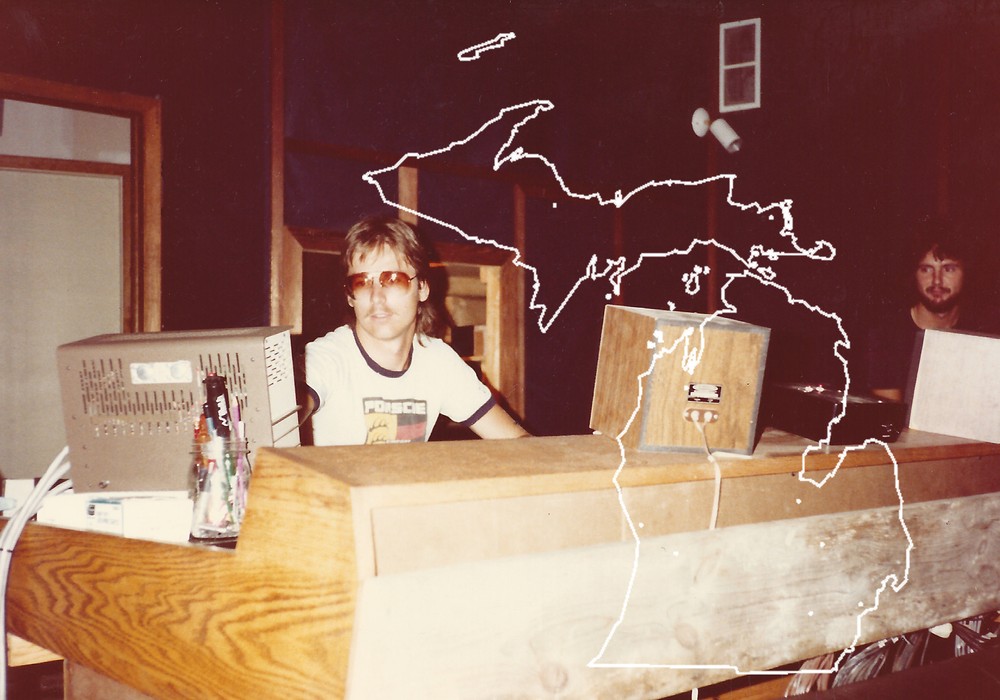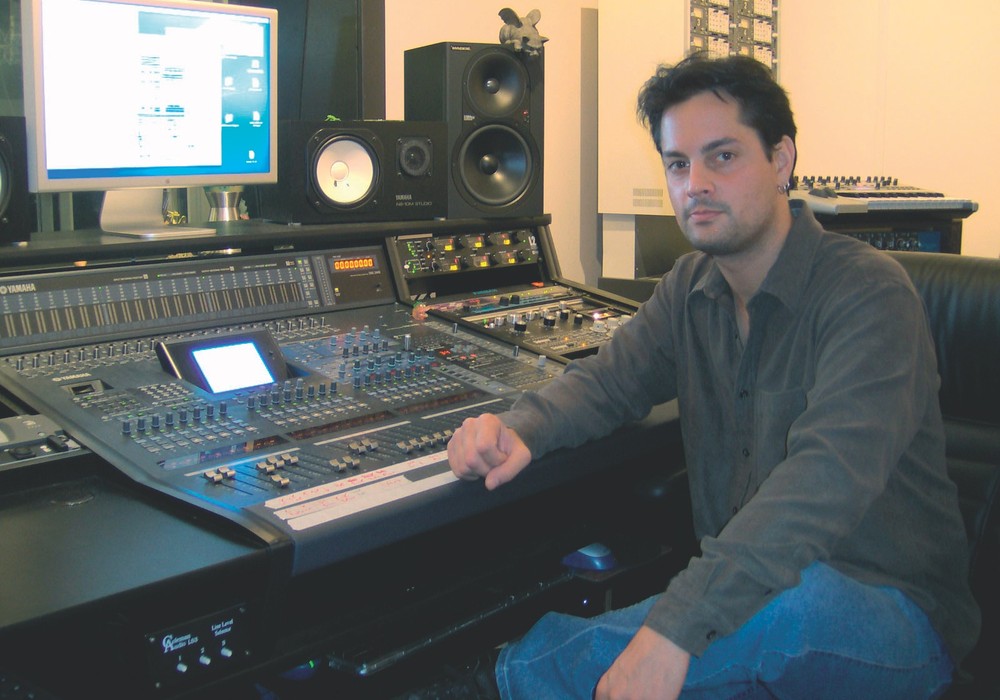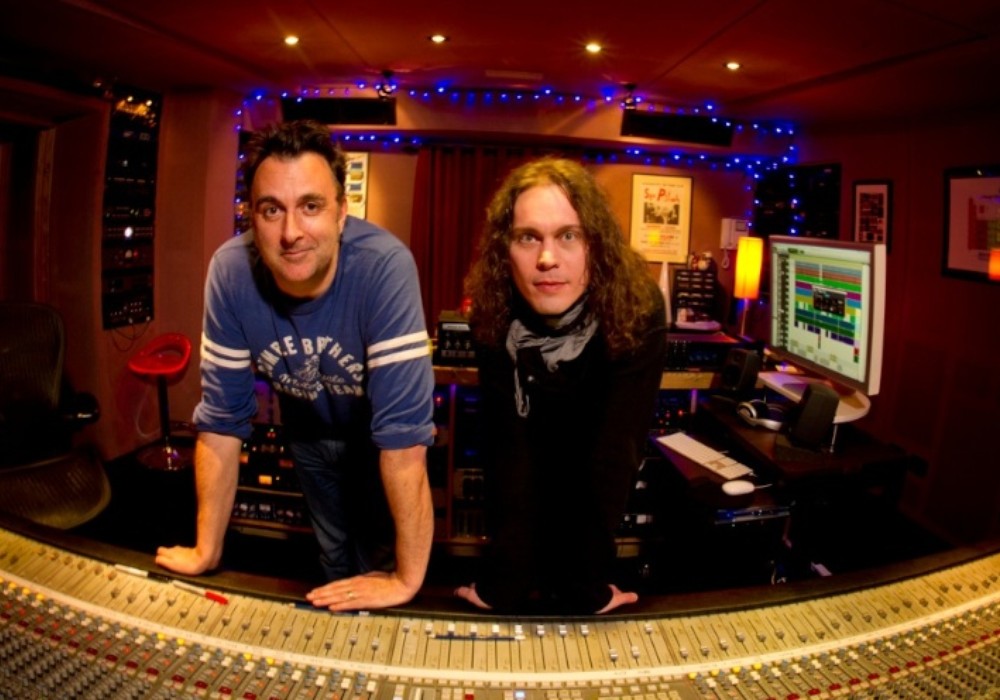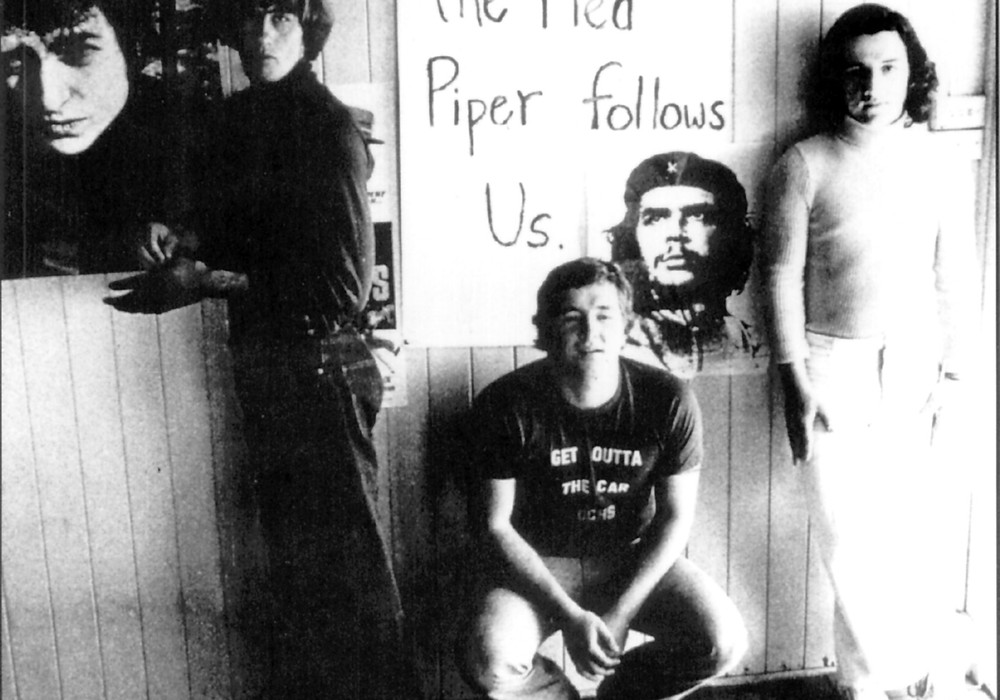Perfume Genius, Laura Marling, Alabama Shakes, John Legend, Vulfpeck, Randy Newman, Jesca Hoop, Norah Jones, Andrew Bird, Jim James, and a long list of others all have a common thread: Blake Mills. Originally the leader of the band Simon Dawes, Blake caught the studio bug and never looked back. His songwriting, inventive guitar playing, and production skills are all unmistakable. His third solo release, Look, was born out of his exploring of vintage Roland guitar synthesizers. Online publisher Geoff Stanfield caught up with Blake to discuss.
Thanks for taking some time to talk with Tape Op. You got this new record which I’ve been enjoying. It’s sort of different than your past work!
Yeah, very different.
So this new record’s called Look, and it’s based around the old Roland guitar synths from the ‘70s.
Yes, that’s right. Are you familiar with those?
Well, I’m familiar with them via John Abercrombie and Pat Metheny [records], but beyond that, not much.
That was sort of, I don’t know if you’d say directly or indirectly, responsible for my introduction to them. Indirectly, because I was hanging out with my good friend James Valentine who’s a guitar player. He grew up in Nebraska. He and his guitar teacher in Nebraska were massive Pat Metheny fans growing up. One day when I was at James’s house, he had received this big package, and it was this guitar synth system that belonged to his guitar teacher in Nebraska. He kind of gave me the backstory on its relevance to their bond over being Pat Metheny fans. As he’s unboxing it and setting it up and telling me about it, I just sort of assumed that the sound of the guitar synth is just sort of synonymous with the Pat Metheny records. As soon as we plugged it in and started playing it, it became apparent that this is actually a much broader palette of sounds that are capable of coming out of this synth. Even passing the guitar back and forth between James and I, it would sound completely different without changing any of the settings on the synth and the guitar. That was the spark that led me down the obsession with all the models of guitar synthesizers that they were making. I just kind of went on a crawl.
Can you explain what it is? You have an actual guitar that you’re playing, and then there’s a brain. Can you describe for people who don’t really understand what this is? It’s not like you’re playing a synthesizer so-to-speak.
No, that’s right. There’s still a lot of it that’s mysterious to me, but I’ll do my best at the risk of getting some things wrong. As I understand it, it’s a fully-functional normal guitar. It doesn’t involve MIDI or anything like that. There’s a pickup back by the bridge that I believe is called a transducer pickup. It seems like each string has its own proprietary transducer. The transducer converts whatever magnetic energy it’s reading off of the string into some sort of language that the analog synth engine, of which there are six, one corresponding to each guitar string, the analog synth engine then understands and will generate an oscillation or just a synthesizer tone. Somebody once told me that the engine is very similar to that of a Juno, but I don’t exactly know what that means. I do know that the tracking of guitar synths is much better than anything I’ve played with MIDI guitars. Even later models of the Roland synthesizer stuff. When I was a kid, I had a VG-8 system growing up, so I could do all that stuff like make your guitar sound like a sitar and program alternate tunings without actually changing the tuning of a guitar. I think it does borrow a lot of the technology from this pickup, but they turned it into something you could put into any guitar as an aftermarket thing. The guitar synths from the ‘70s I used like the GR-300 and the GR-50 and the GR-500, that sort of synthesizer functionality is much more integral to the entirety of the guitar. The controls, the knobs and what not, all pertain to different things, different controls on the brain itself. There’s like attack time, envelope, and kind of an LFO modulation. There’s no pre-sets. It’s not like you can scroll through a bunch of sounds. If you get something cool, you better take a picture of it with your iPhone, because it’s often times really hard to dial back up, at least for me it is.
These things are incredibly hard to find. I forget who I was having a conversation with, but they were saying that...
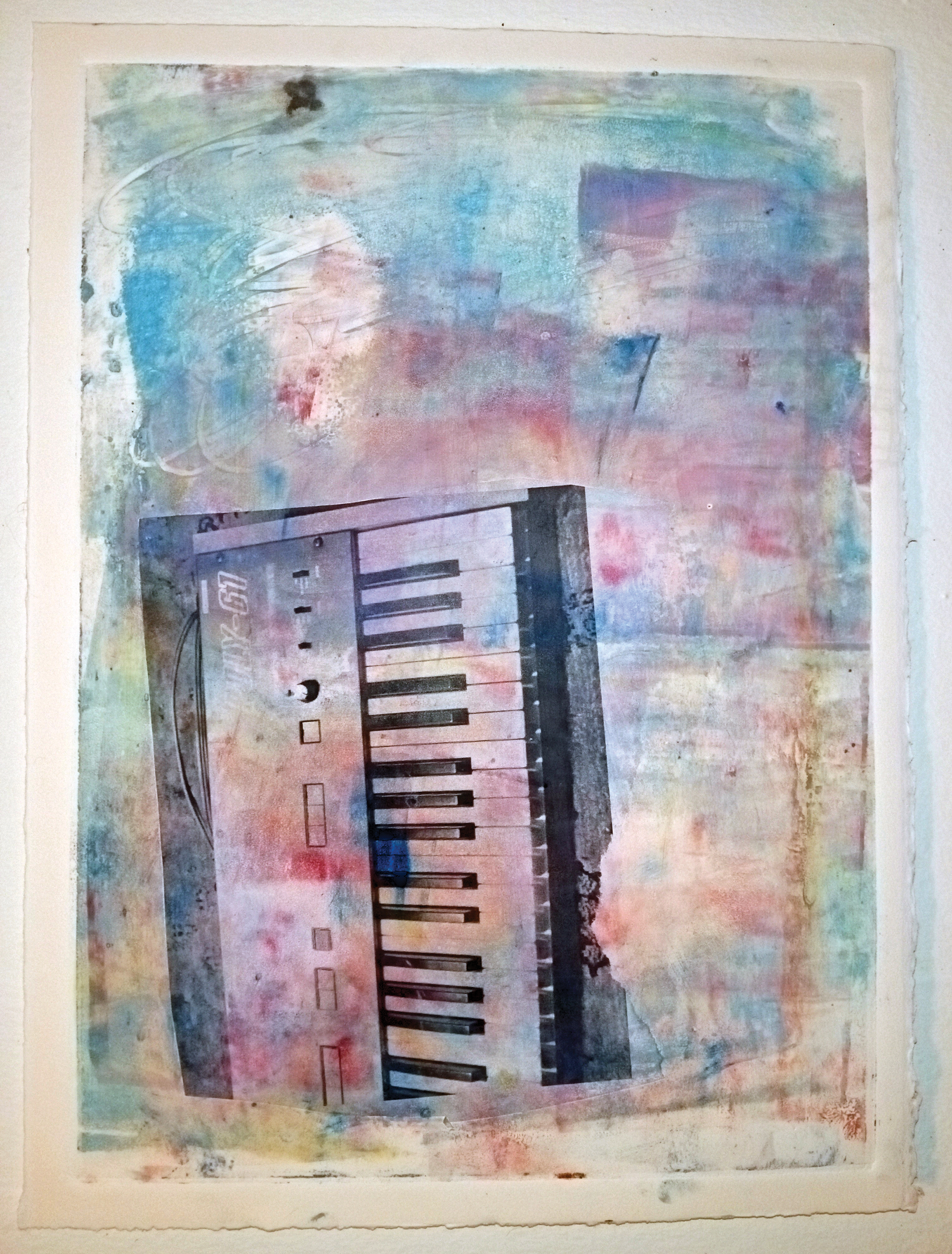

_display_hires.jpg)


